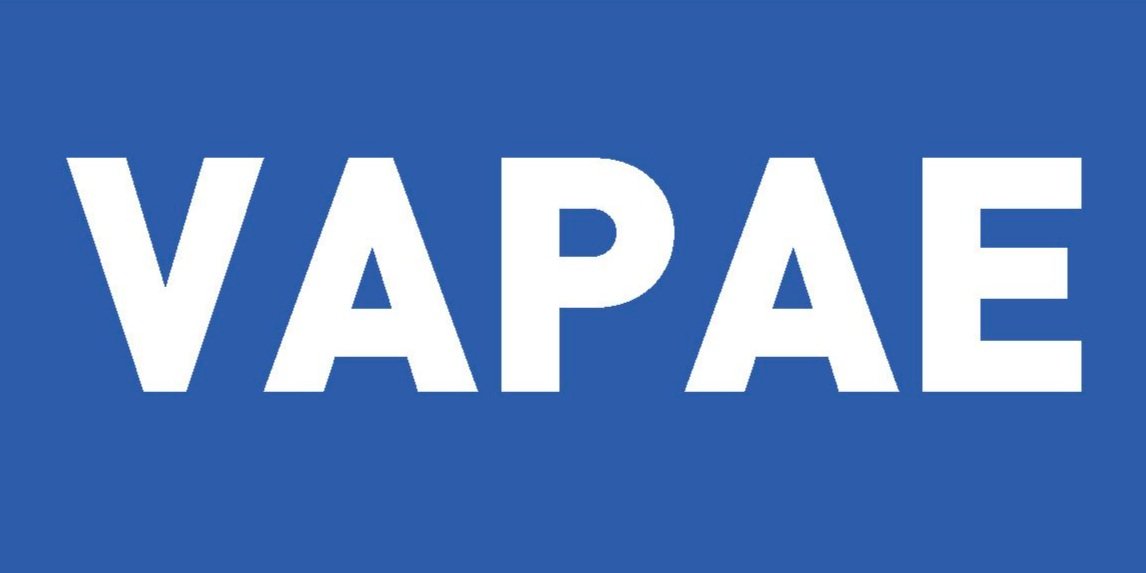Aya Fathallah | March 2018
Hometown: Davis, California / Beirut, Lebanon
Major: Fine Art
Minor: Visual and Performing Arts Education
Q: How did you discover your interest in the arts and how did you know that it was something that you wanted to pursue professionally, as an artist or as an artist teacher?
A: I feel that there has never been a time when I was not interested in the arts. I have always been drawn to it. I found myself tirelessly working on art pieces throughout my experience as a student - that is not something I wanted to give up when I reached higher education. Being a teaching artist has truly given me a sense of purpose as a creative.
Q: Describe what the young artists in your VAPAE afterschool arts program are working on and the process they’re using.
A: The young artists in the VAPAE afterschool arts program are middle schoolers who have a passion for creating. They all are extremely unique and conscientious. Over the past few months I’ve seen them expand their artmaking practices in terms of technique, but also in dealing with pressing issues that affect our communities through the arts. They have been making art with gouache, sculpting using different materials such as wire, and creating their own personal fiber art pieces. I see each student’s character come out through each piece. Most of the works deal with their idea of utopia, as well as address issues pertinent to their immediate or global community.
Q: Why is an enrichment opportunity like this important for those participating? What do they gain?
A: An opportunity like this is vital to the lives of students. Not only does art help students express their thoughts and emotions, it develops their sense of self. They are able to become better communicators through artmaking, and can engage in genuine self-reflexivity. Such a program has so many benefits for the students in their personal and academic lives.
Q: Did you have an opportunity like this when you were a younger artist? If yes, how did it help shape your love of art? If no, in what ways could a program like this have helped you?
A: My school did not offer art programming as inclusive as this one, so I generally sought out outside technical training through private lessons. Sadly, we are all aware of how such programs are not available enough to young people. I’m so thankful to be part of a program that can enrich student’s lives. It makes you appreciate and value the arts in your life. For me, art was always a way to realize my full self. It expanded so many of the traits I have today. It made me more emotionally aware of myself as well as much more diligent, committed, and compassionate.
Q: What has this experience as a teaching artist or arts facilitator taught you about yourself?
A: It has taught me a great deal about how to be there for others in a way that makes a lasting effect. It has taught me how to communicate, facilitate, and organize in a way that is orderly but enjoyable for all involved. I learned that I am much better at dealing with unexpected challenges than I thought. Through this experience I have realized my capabilities to listen to others, to be adaptable, and to be innovative in the way I approach arts and arts education.
Q: What do you personally gain as a teaching artist, arts facilitator?
A: The most rewarding aspect of this experience is learning from the students. These young artists have brilliant ideas and new approaches that we can benefit from as we all come from different perspectives and world views. I feel so glad that I can be part of such a positive growth experience that helps both myself and the young artists.
Q: What are the benefits to you as a student/graduate in the UCLA VAPAE program? Was this program a good choice for you? If so, why?
A: This program is highly beneficial because it makes students aware of the reality of arts education in school systems. It makes you believe so firmly in the benefits of the arts for all people. This program was a wonderful choice for me. I have met some of the most inspiring, driven, and creative people through VAPAE.
Q: Are there any anecdotes from your VAPAE Studio Sessions (or Arts Education Teaching Sequence) that stand out to you? Perhaps you had a break‐through with a student or saw some particularly noticeable growth in that student through this program, collaboration etc. Maybe something surprised you or made you think about art or teaching in a new way.
A: I think something that will always stay with me is the progression from not knowing the students at all to feeling their character come through their art pieces. I could feel us all collectively getting to know ourselves better. One moment that stands out to me is when we conducted an exercise about the most pressing issues in our community. This led us to discover each student’s personal struggles or definitions of their identity. Seeing them working at being confident in who they are and what they believe in at that age was really heartwarming.
Q: What are your short-term and long‐term career goals?
A: My short term goals are to develop my art practice at UCLA, and go on in the future to explore more fields and avenues in the art world that I can merge with what I already do. I hope to get to know more about all the professions available to someone who is passionate about the arts, whether that be in arts education, museum settings, a studio practice, or architecture. I do know that long term I want to make accessible and transformative arts education a big part of my career.

